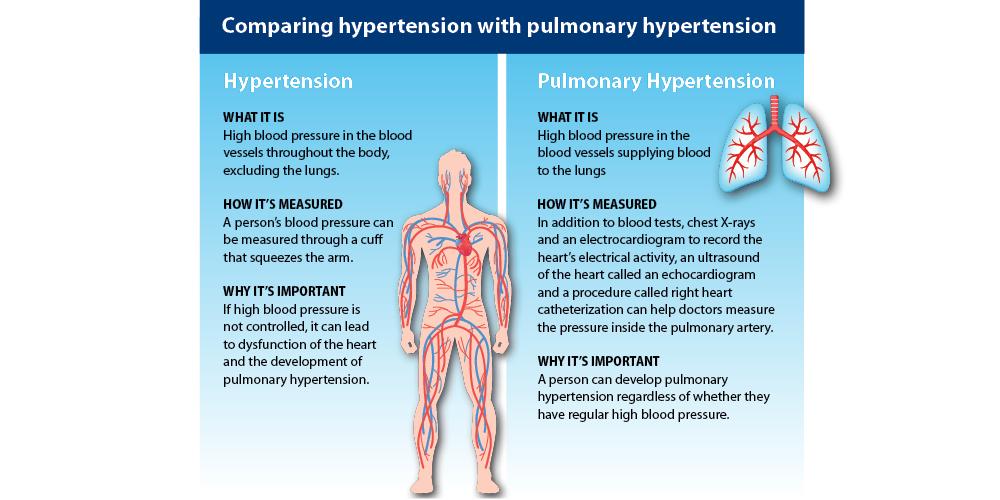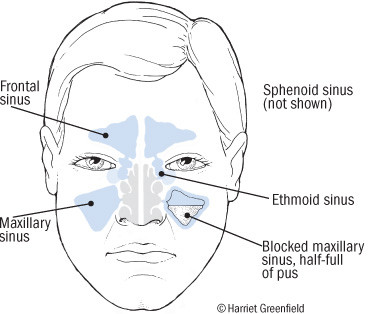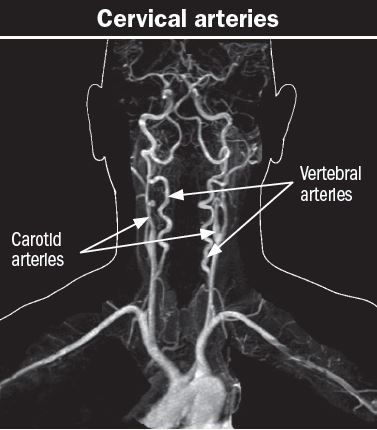Neck pain, also known as cervicalgia, is a common problem, with two-thirds of the population experiencing it at some point in their lives. This discomfort, although felt in the neck, can be caused by various spinal issues. It may arise due to muscular tightness in the neck and upper back, or pinching of nerves. When a pain in the neck is serious, as discussed in Harvard Health, certain symptoms like persistent neck pain accompanied by a severe headache may indicate a cervical artery dissection. The pain from a carotid artery tear often spreads along the side of the neck and up toward the outer corner of the eye, whereas a vertebral artery tear might feel like something sharp is stuck at the base of your skull.
Most acute neck pain is related to tissue injury and is termed nociceptive pain. Chronic pain, on the other hand, is often neuropathic, originating from a damaged or irritated nerve, with pain signals now coming from the brain. For more insights, see Harvard Health’s article on persistent neck pain causes.
Surprisingly, sleeping positions can pose significant risks for neck pain. Sleeping on your stomach forces you to rotate your head to the side, and sleeping on your side without proper support can push your neck toward your shoulder, leading to muscle strain. To learn more about these risks and quick fixes, refer to Surprising Causes of Neck Pain from Harvard Health.
Structural neck problems like arthritis or degenerated discs, as well as strains in neck muscles triggered by daily routines, are common causes of neck pain. Further details can be found in Neck Pain from Harvard Health. In some cases, infection, tumor, heart attack, or inflamed heart muscle can also lead to neck pain, necessitating immediate medical attention. For additional tips on preventing and treating neck pain, explore the Special Health Report from Harvard Medical School.

Mononucleosis, often called mono, is a viral infection mostly affecting teens and young adults. Its primary symptom, extreme fatigue, can impact daily activities. Known as “the kissing disease,” it spreads through saliva. For more information, visit UC Davis Health.
Finally, understanding the seriousness of your neck pain is crucial. According to Harvard Health, neck pain can range from minor discomfort to symptoms indicating nerve compression or major underlying problems such as fracture or tumor. Immediate medical attention is recommended for severe or progressive symptoms.


